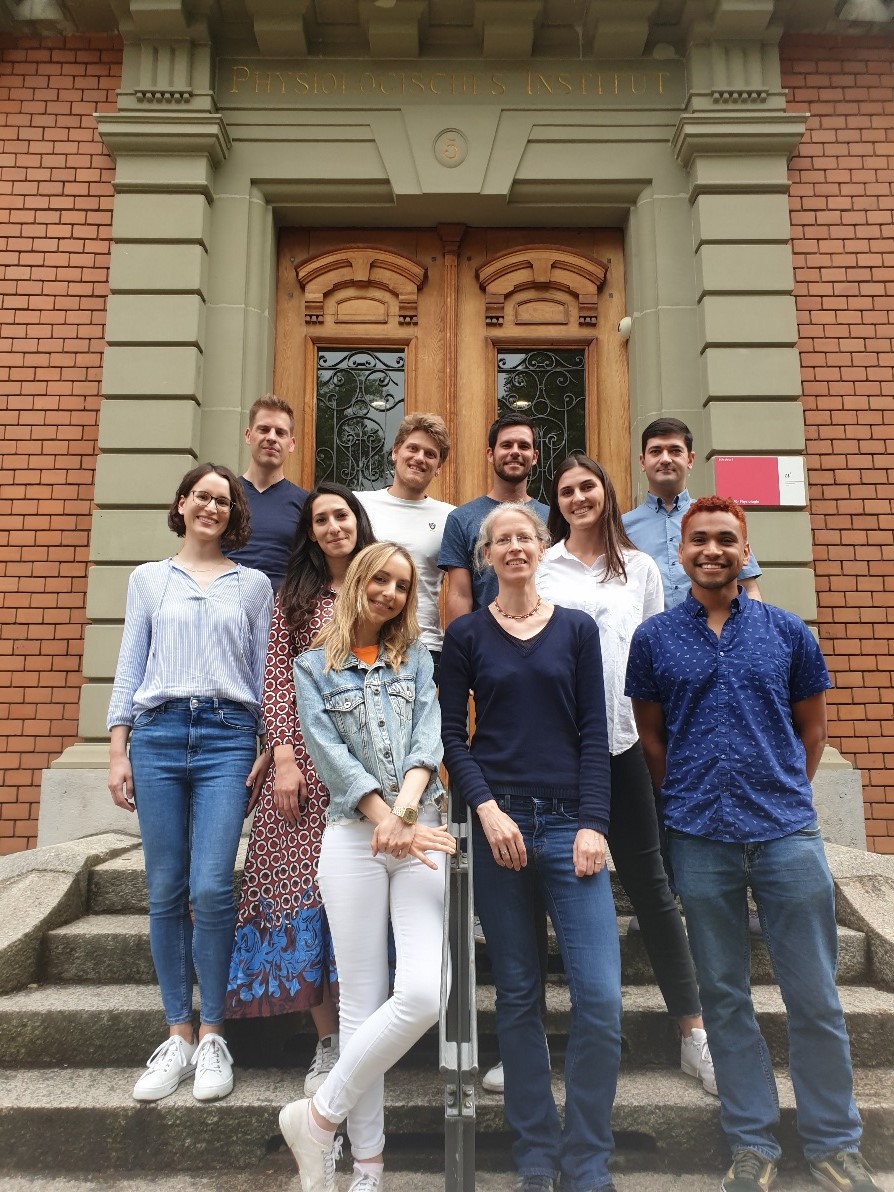Translational Cardiology / Electrophysiology

Our research is focused on advancing the mechanistic understanding of cardiac arrhythmias by identifying beneficial or pro-arrhythmic intrinsic (hormones, genes, electro-mechano-electrical interactions) and environmental (drugs) modifiers of the individual arrhythmic risk for potentially lethal ventricular arrhythmias. To this aim, we are generating and utilizing different transgenic rabbit models of human genetic arrhythmia diseases such as long-QT and short-QT syndrome. As these mimic the human disease phenotypes, they can help us to elucidate arrhythmia mechanisms at multiple levels. We then aim to translate and integrate the mechanistic research findings into the clinical management and therapy of patients with genetic arrhythmia syndromes.
It is our long-term goal to establish personalized risk stratification and treatment approaches in patients with genetic arrhythmia disorders – based on a deep functional understanding of modifiers of the individual's arrhythmic risk.
Research

We have generated transgenic long-QT syndrome type 1 and type 2 rabbits over-expressing dominant-negative loss-of-function pore mutants of human repolarizing K+-channels KvLQT1/KCNQ1 (LQT1) or HERG/KCNH2 (LQT2) in a cooperative project with Brown University (CVRC, Providence, RI, USA) and Penn State University (Hershey, PA, USA). These LQT1 and LQT2 rabbits are the first genetic models for long-QT syndrome in larger mammals and are the first animal models to mimic the human LQTS phenotype with QT prolongation, steeper QT/RR ratio in females, spontaneous polymorphic Torsade-de-Pointes ventricular tachycardia, and sudden cardiac death (SCD) – with a particularly high incidence of SCD in the post-partum period.
Similarly, we have recently generated the first transgenic animal model for short-QT syndrome. These SQT1 rabbits over-express gain-of-function mutated HERG/KCNH2 K+-channels and mimic the human disease phenotype with QT shortening, atrial fibrillation and ventricular tachycardia.
In the following ongoing projects indicated below, we are using these transgenic rabbit models to investigate i) how electrical and mechanical dysfunction interact (electro-mechanical and mechano-electrical feedback) and are causatively linked to arrhythmogenesis, and ii) how intrinsic and extrinsic factors – such as genetic-modifiers, hormones or drugs – modulate the arrhythmogenic phenotype and iii) how these findings can help us in treating LQTS and SQTS patients.
- Electro-mechano-electrical interactions and arrhythmogenesis in LQTS and SQTS
- Intrinsic disease-modifiers in LQTS: Hormones and genetic-modifiers
- Drug-effects on cardiac repolarization in LQTS and SQTS: Evaluation of pro-arrhythmia and novel mechanism-based anti-arrhythmic pharmacological therapies
- Mechanisms of arrhythmogenesis SQTS
- Bedside to bench: Biophysical characterization of novel mutations identified in patients with genetic arrhythmia syndromes
